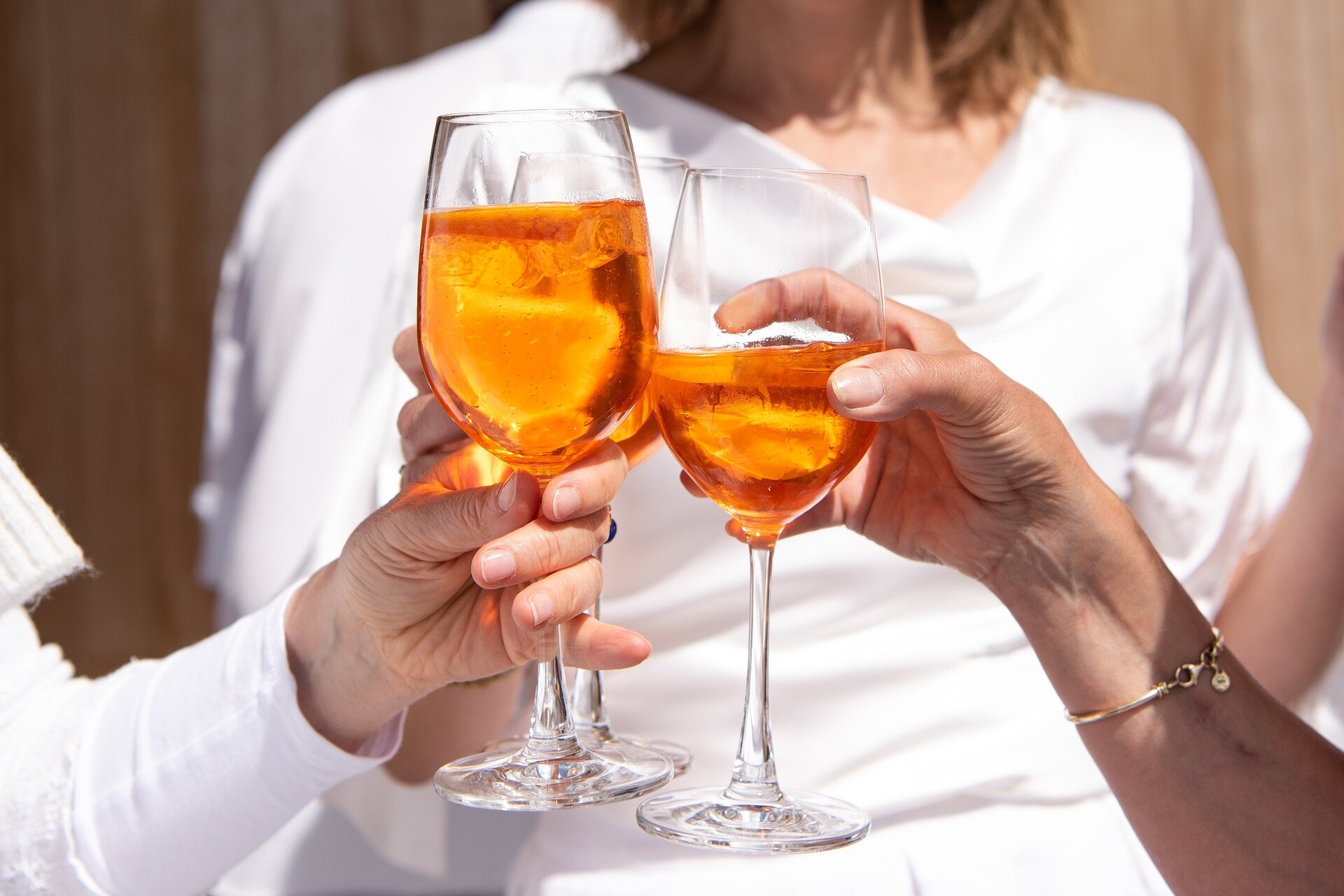The brain circuits that underlie alcohol craving and heavy drinking share some similarities between men and women, but also some key differences, a new Yale study reveals.
Using functional magnetic resonance imaging (fMRI), Yale researchers have observed that after viewing stress– or alcohol-related images (as opposed to “neutral” images), the brains of men and women with alcohol use disorder responded differently. Those differences, which were also related to alcohol craving intensity and future alcohol use, may signal the need for sex-specific therapeutic approaches to alcohol use disorder.
The findings were published May 6 in the American Journal of Psychiatry.
Previous research has shown that individuals with alcohol use disorder who experience strong cravings for alcohol—the overpowering desire to consume alcohol—are more likely to relapse into heavy drinking. Researchers have also shown that craving can be triggered by stressful life events and alcohol-related cues, such as seeing other people drinking alcohol.
What has been less clear is whether these patterns are the same in men and women. But there had been growing evidence to suggest they might not be, says Rajita Sinha, the Foundations Fund Professor of Psychiatry at Yale School of Medicine and senior author of the study.
“In the last two decades, there has been a very steep increase in binge drinking among women in the United States, much more so than in men,” said Sinha. “That has led to a lot more concern for the comorbidities associated with alcohol use disorder, such as liver disease, cardiovascular issues, and cancer risk. So we set out to see if stress- and cue-related craving is different in men and women.”
For the study, Sinha and her colleagues recruited 77 treatment-seeking adults (46 men and 31 women) with alcohol use disorder. While undergoing fMRI scanning, the participants viewed images that depicted either stressful scenes, such as someone with a gunshot wound; alcohol-related images, like people at a bar; or “neutral” images, such as waterfalls or mountains. The participants rated their level of stress and alcohol craving after each image.
“We found that women reported greater levels of stress after viewing the stress cues than did men,” said Sinha, “Further, while alcohol cues led to stronger craving in men than the stress cues did, in women, stress and alcohol cues led to the same amount of craving in women.”
When the researchers looked at brain function while the participants viewed the images, they found that brain circuits—particularly those found to be connected to emotion, reward, regulation of stress and emotion, and impulse control—responded differently in men and women.
“In women, those circuits were clearly blunted, but in men they were hyperactive,” said Sinha. “So the disruption is there in both but in different ways.”
Most of the participants (72) went on to complete an eight-week behavioral alcohol use treatment program and reported daily if and how much alcohol they consumed. While there were no differences between men and women in how often they engaged in heavy drinking, the brain regions correlated with future heavy drinking were different across sexes.
“In women, disruptions in brain regions associated with anxiety were related to future heavy drinking,” said Sinha. “But in men it was disruptions in areas linked to high stress arousal.”
These sex differences in craving and its underlying neural correlates suggest men and women may benefit from targeted therapeutic approaches, said the researchers. Those could include both pharmacological and behavioral treatments.
In general, more consideration of the experiential, biological, and demographic variability across individuals will lead to better treatments for alcohol use disorder and many other illnesses, said Sinha.
“We want these types of studies in order to get clues on processes that drive heavy drinking and what type of interventions might work,” she said. “It can be a very critical component of novel treatment development and better outcomes.”
More information:
Milena Radoman et al, Neural Correlates of Stress and Alcohol Cue-Induced Alcohol Craving and of Future Heavy Drinking: Evidence of Sex Differences, American Journal of Psychiatry (2024). DOI: 10.1176/appi.ajp.20230849
Citation:
Brain activity related to craving and heavy drinking differs across sexes, study reveals (2024, May 6)
retrieved 7 May 2024
from https://medicalxpress.com/news/2024-05-brain-craving-heavy-differs-sexes.html
This document is subject to copyright. Apart from any fair dealing for the purpose of private study or research, no
part may be reproduced without the written permission. The content is provided for information purposes only.
